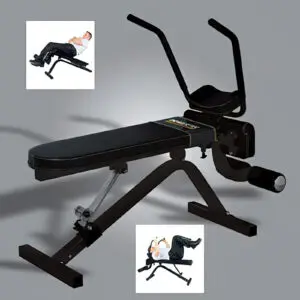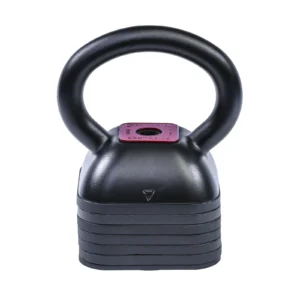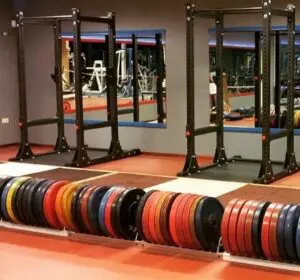 ATX-PRX-620 Power Rack Comparison
ATX-PRX-620 Power Rack Comparison
The purpose of this ATX-PRX-620 Power Rack Comparison is to help the confused power rack shopper understand the differences between a sample of cages. We have arguably the biggest range of quality power racks now that the ATX range is mostly all in stock. Plus there is a mind boggling amount of racks and cages on offer in the Australian market.
Choosing The Right Power Rack
The most effective way to choose any fitness or gym equipment is to first work out what are your training goals – build muscle, get stronger, compete in powerlifting or bodybuilding etc. Once you work out what you want to achieve it is simply matching these goals to your power rack.
For example if you want to compete in powerlifting you will want a rack that can obviously handle plenty of weight. Although you might not need them now, you might want to add some monolifts later on.
The tricky part is figuring out what is important when going through all the different power rack features. But also there are sometimes some pretty wild claims.
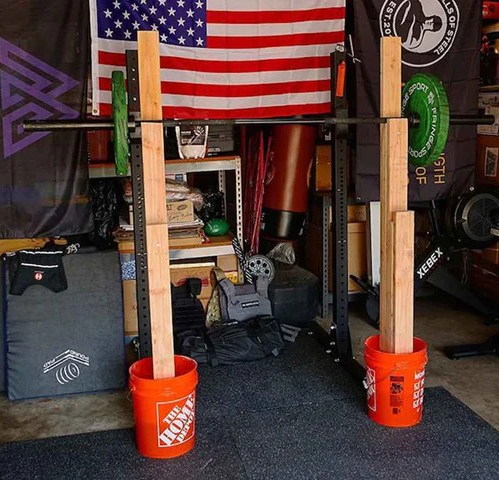
Choose A Reputable & Established Company
Before you even dive into the detail, the most important part is to make sure you are not getting stitched up. Covid gave rise to many new entrants to the fitness equipment market. They have been dropping like flies. So do your homework first!
ATX-PRX-620 Power Rack Comparison
Below is a comparison of similarly priced power racks from some well known fitness equipment retailers. The specifications and pricing were as at 24th August 2022. So these may change over time, but are only just part of this article. The important part is to educate the consumer on what these various specifications mean and how they will impact your training.
Power Rack Face Off
| Specifications | ATX-PRX-620 | Muscle Motion PR1002 | Verve Satori | Force USA MyRack |
|---|---|---|---|---|
| Price 24/8/22 | $ 965.00 | $ 895.00 | $ 999.00 | $ 689.00 |
| Height | 215cm | 215cm | 230cm | 220cm |
| Depth | 146cm | 145cm | 116cm | 140cm |
| Width | 121cm | 124cm | 134cm | 120cm |
| Weight | 80kg | 91.8 (including components) | 89kg | Not Published |
| Load Capacity (Total) | 650kg | 800kg | Not published | 900kg |
| Certification | EN 20957 I.II.IV – H (Home) | n/a | n/a | n/a |
| Uprights | 60 x 60 x 2mm | 60 x 60 x 2mm | 75 x 75 x 2mm | 60 x 60 x 2.3mm |
| Hole Size | 21mm | not stated | 18mm | 15mm |
| Hole Spacing | 34 @ 50mm | 35mm | Westside & 50mm | Westside 54 hole positions |
| Hole Numbering | Barcode system | n/a | n/a | Painted Numbers |
| Chin Up Bar | Knurled 27mm Multi Grip | Multi Grip | Knurled Straight | Optional Extra |
| J-Hooks | 1 pair 10mm thick with rubber protection | 2 pairs | Sandwich | Optional Extra |
| Spotter Bars | Pin Pipe | Flip Down | n/a | Optional Extra |
| Dip Handles | Optional Extra | Tapered 50mm thick | Optional Extra | Optional Extra |
| Band Pegs | Optional Extra | 4 pairs | Optional Extra | Optional Extra |
| Options | Plate Loaded Lat Option | Plate Loaded Lat Option | Plate Loaded Lat Option | Straight Chin Up |
| Roller J-Hooks | Leg Roller Attachment | Globe Grip Chin Up | ||
| Flip down spotters | Dip Attachment | Multi Grip x 2 | ||
| Spotter Arms | Leg Press Attachment | J-Hooks x 3 | ||
| Dip Handles | Monolift | Monolift | ||
| Band Pegs | Doubel Ball Target | Pin Pipe Safeties | ||
| Landmine | Safety Strap Spotters | Flip Down Spotters | ||
| Monolifts | Spotter Arms | Safety Straps | ||
| Jammer Arms | Landmine Attachment | Spotter Arms | ||
| Utility Seat | Multi Grip Chin Up | Cable Crossover | ||
| Supporting Pad | Pin Pipe Safeties | Plate Loaded Lat Pulldown | ||
| Mobility Roller | Belt Squat Attachment | Plate Holders | ||
| Rackable Foam Roller | Barbell Holder | Dip Handles | ||
| Rackable Wrist Roller | Plate Storage Horns | T-Bar Row | ||
| Neck Trainer | Flip Down Safeties | Band Pegs | ||
| Barbell Holder | Roller J Hooks | |||
| Belt Squat Attachment | Globe Pull Up Bar | |||
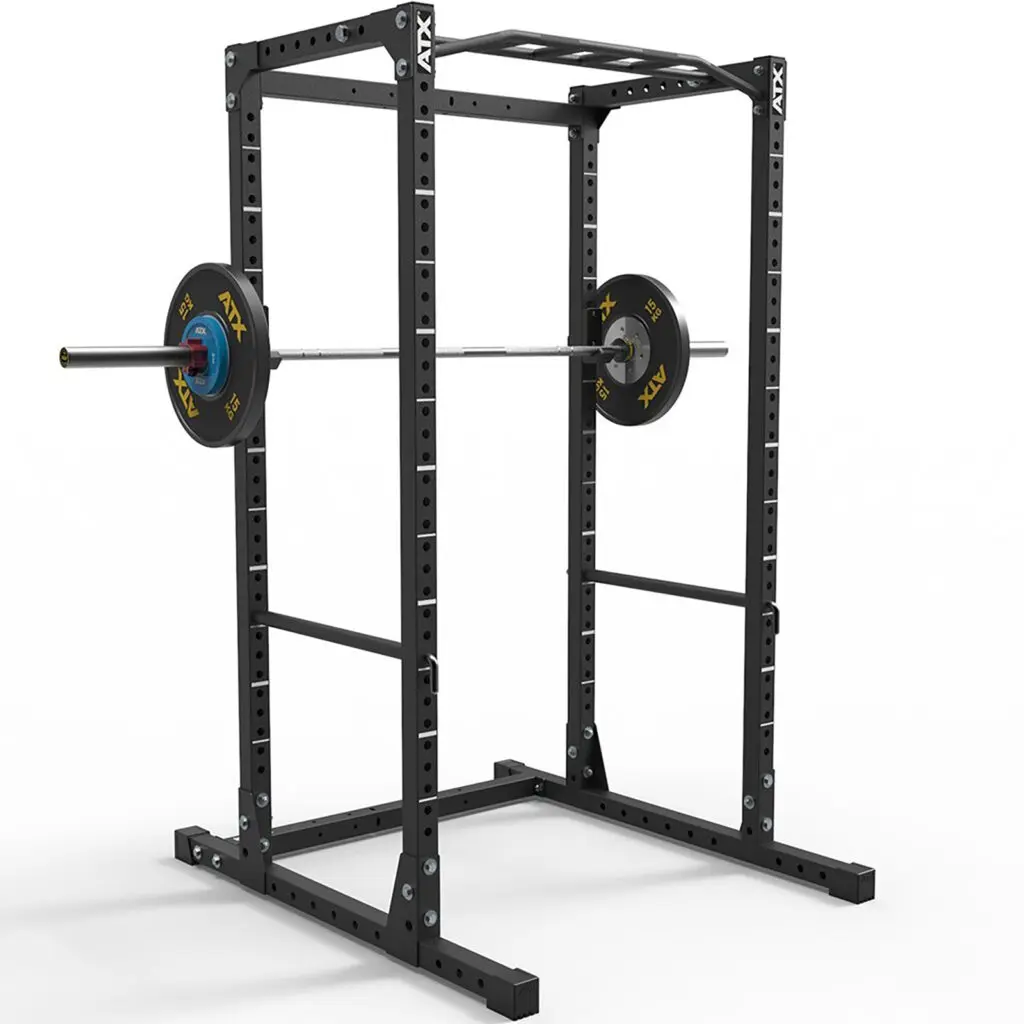
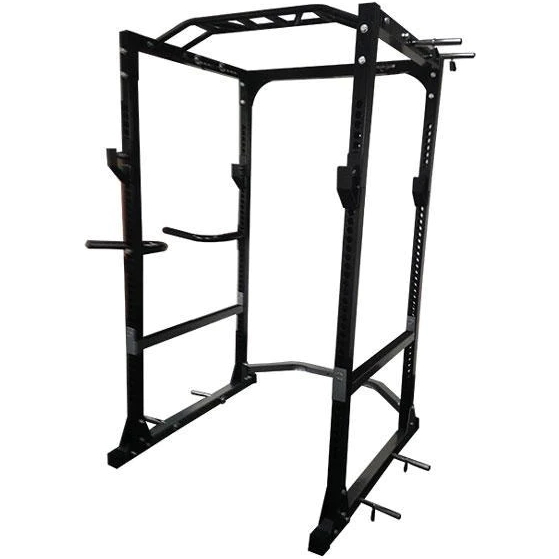
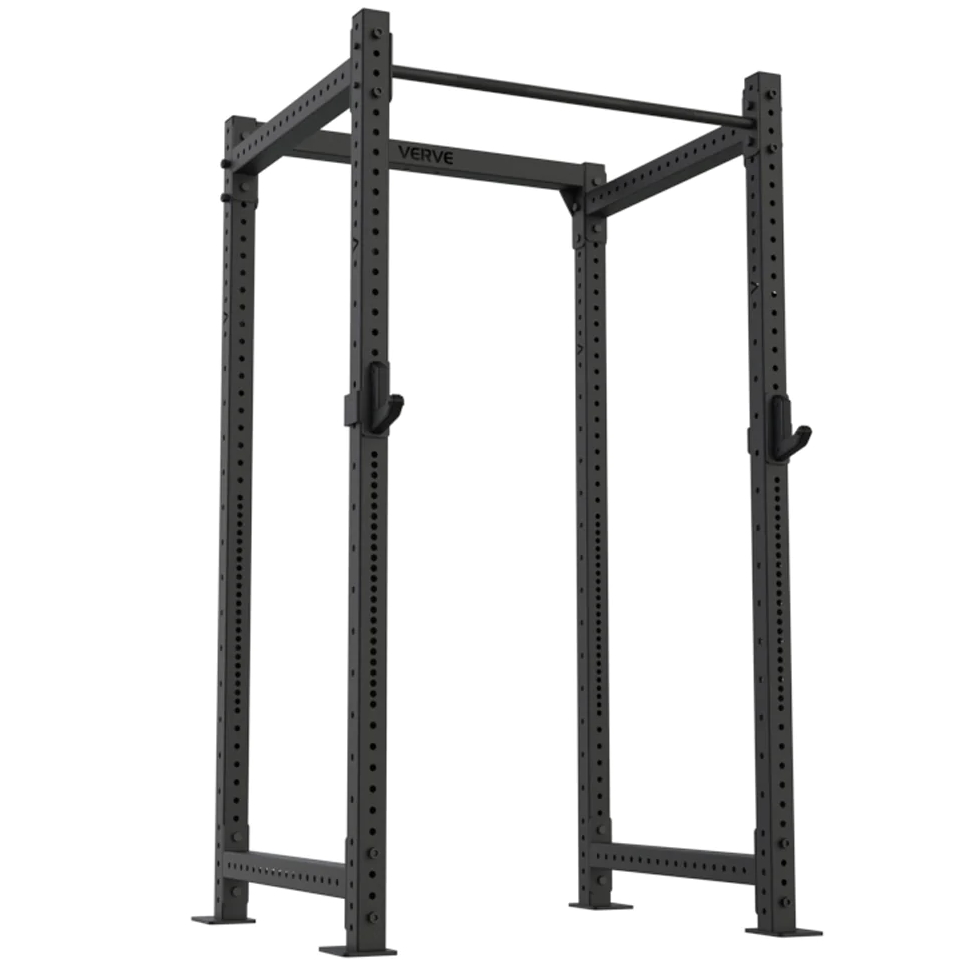
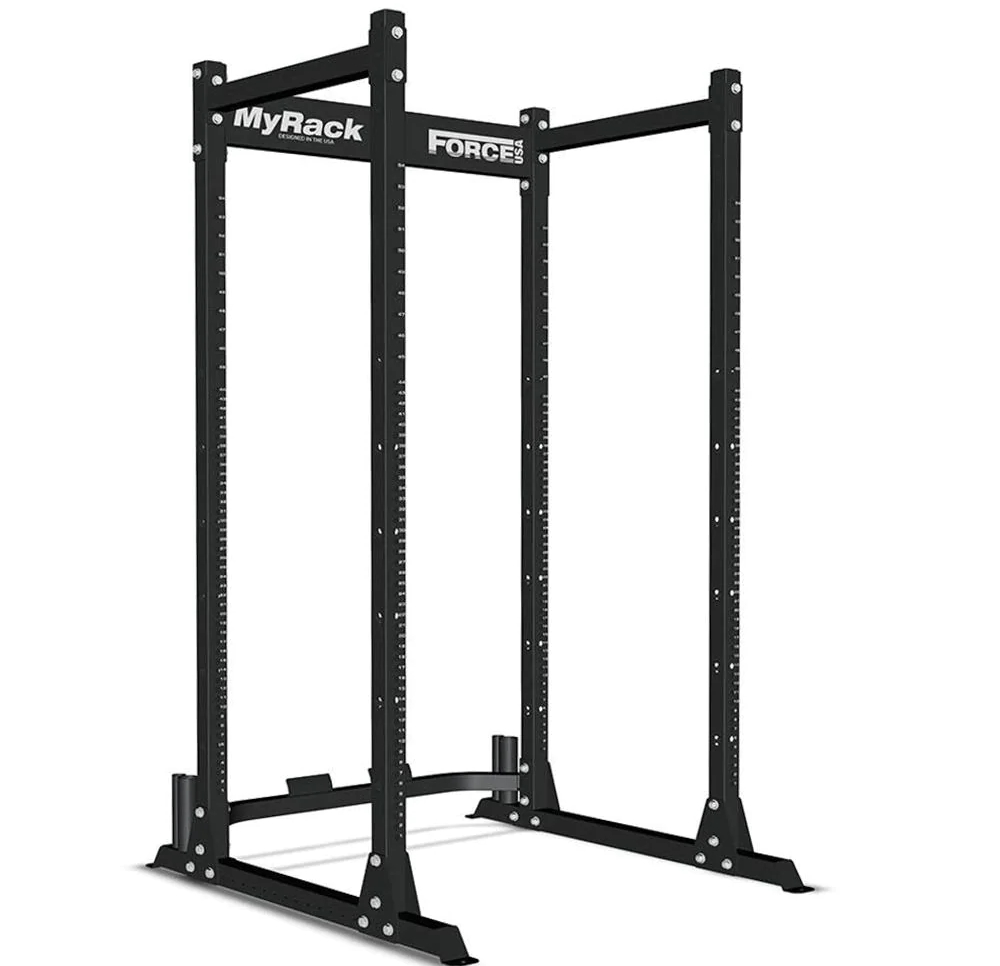
Power Rack Design Comparison
Both the Muscle Motion PR1002 and the Force USA MyRack share a similar design. The main difference between these two is that the MyRack can be heavily customised. You will find many racks on the Australian market that are similar to this design.
The Verve Satori is a floor mounted rack, ie it needs to be bolted to the floor for optimal strength and stability. The other racks have complete base sections which provide the stability. In theory you do not have to bolt to the floor.
You can stabilise it by loading it with weight to counter any tipping. But you will need to make sure you have enough weight to compensate for the relevant exercise.
Power Rack Height
Domestic gym equipment is nearly always around the 215cm height. That is the sweet spot for maximising functionality and fitting comfortably into most domestic settings. The main issue this creates is for chin ups. On racks that are around this 215cm height most people will not be able to do a chin up from the dead hang position. You will need to kick your feet up.

Weight & Load Capacity
Now this is where you have to be careful when doing a power rack comparison with the ATX-PRX-620. In general a heavier rack will be a stronger rack. But not if the rack is poorly designed. Does the listed weight include optional extras? Make sure you compare apples with apples.
Load capacities is where it gets really interesting. There is a massive difference between static tests and functional tests. Functional tests incorporate tipping points, number of repetitions and range of motion.
In Australia there are no standards. In Europe there are. So this explains the variances. Plus from my experience selling both European and American brands, Europeans don’t hype things up like the Yanks.
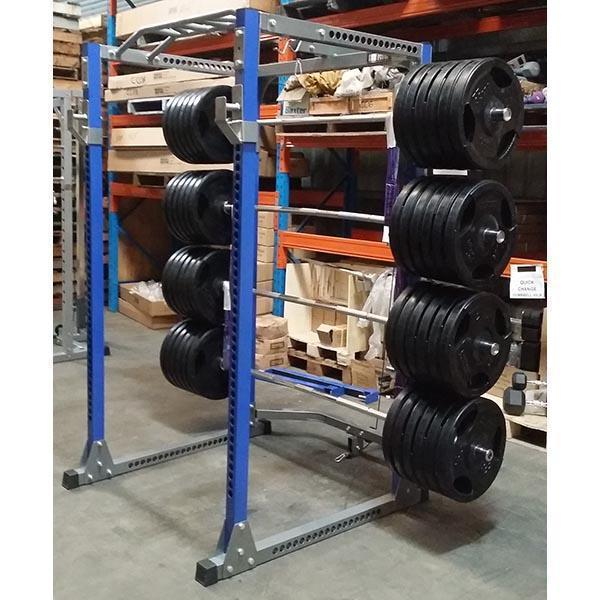
The Tale of Two J-Hooks
To illustrate my point, take the ATX-PRX-620 and MyRack Pro J-Hooks. They are nearly identical. Both are made from 10mm thick steel. The ATX J Hooks are rated for 400kg per pair. While the Force USA ones are rated for 800kg.
Realistically the majority of people who will buy either of these products will never go near 200kgs, let alone 400kgs. So the difference is meaningless. However there maybe the perception that one is superior to the other based on the rating.
This is the point of this article. We all market our products to promote key features. I am just trying to give a bit more detail behind these specifications so you can make the right decision based on the right information.
Ultimately the best test of what a rack can handle is in the battlefield. A reputable and experienced manufacturer will have loads of racks out in service. You will be able to see user reviews and social media posts of them in action.

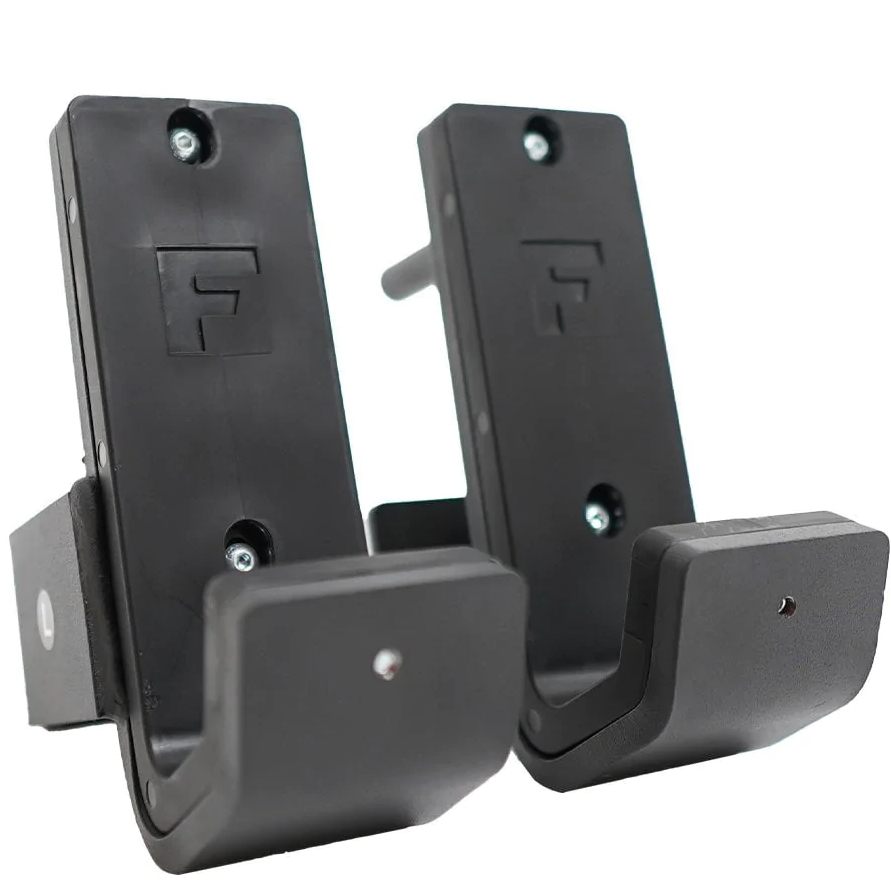
Uprights and Hole Spacing
In this price range, you will typically get 2mm thick steel uprights. Personally I wouldn’t recommend going any thinner with Chinese steel. As long as the rack is well designed, the 2mm thick steel will do the job for the vast majority of weight trainers.
If you don’t know what Westside hole spacing is then you won’t need it. If you do, you probably won’t either. Westside is a gym where elite powerlifters train, so if you are not an elite powerlifter you will be able to live without it.
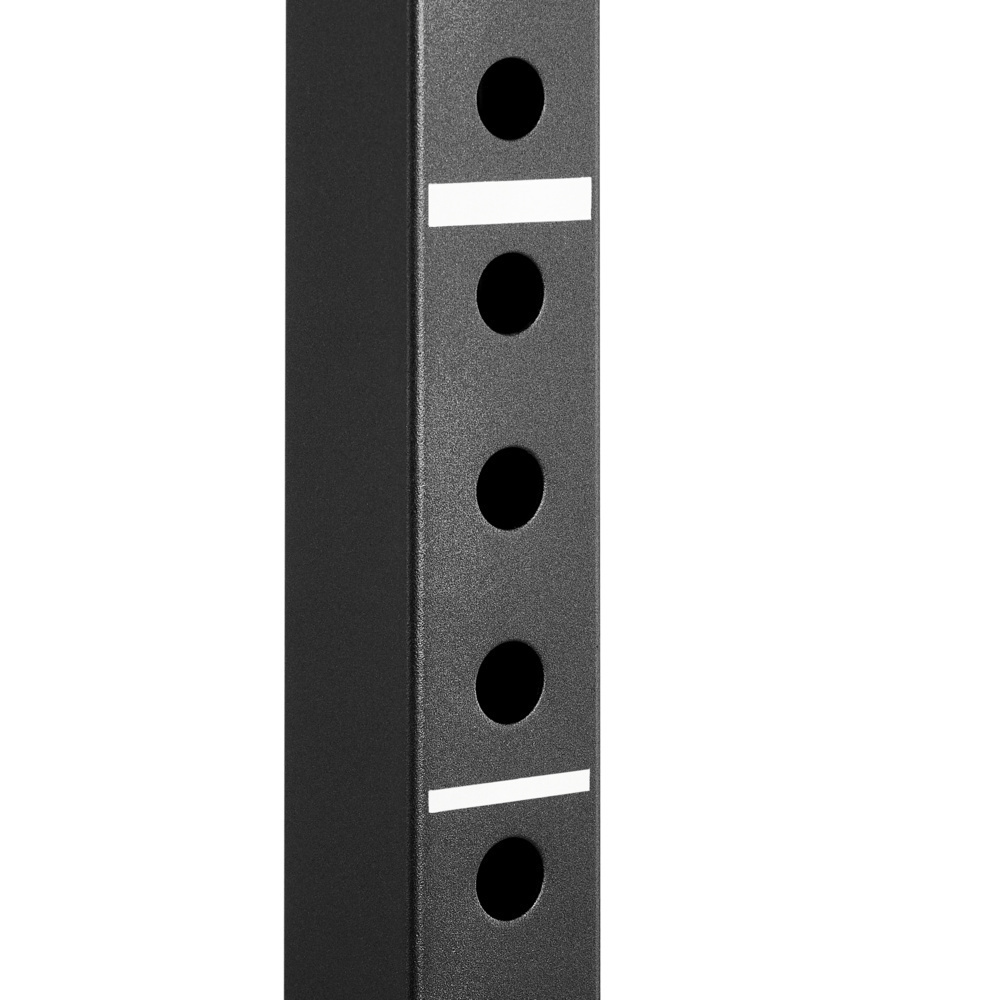

You Can’t Beat A Good Joint
Steel thickness is important to a degree for stability. But if you really like to get a stiff upright you will need to have a good joint first. This is where ATX excels.
The evolution of their designs have been impressive. They showcase and utilise the latest manufacturing technology. This sort of construction would have been prohibitively expensive years ago. Now you are getting it on an entry level rack.
Beefy Brackets
There is nothing wrong with the design of the other racks. ATX actually use a similar looking design to the MyRack and Muscle Motion Rack on their higher end rack’s joints. The difference is that ATX use extremely thick plating. That would just blow the cost out on entry level racks manufactured to a price point.
If you look closely at the base joint, the bracket is welded to the base frame. The same at the top of the cage, with the plate being welded to upper cross section. The predecessor to this rack – the Megatec PR-10 – was a great power rack, but this is a massive improvement.
You pay a premium for ATX. These design features are just one of the reasons.
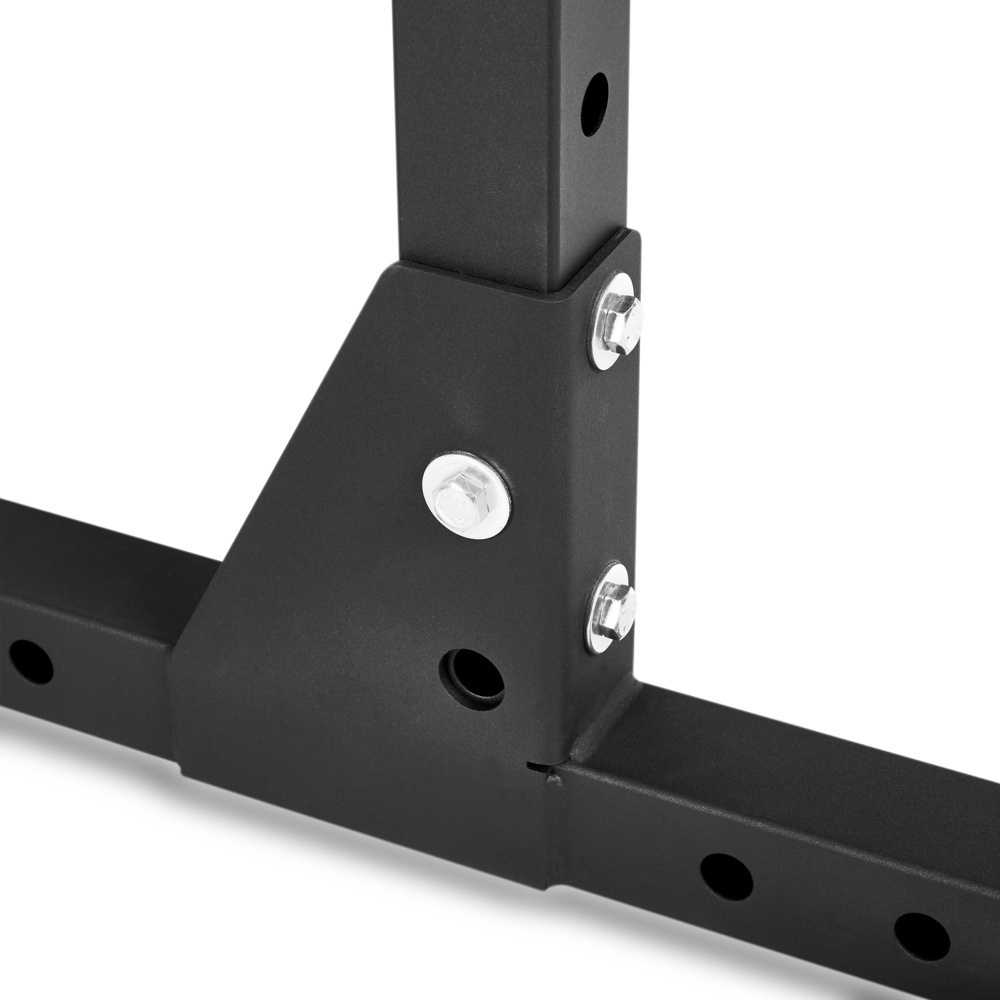
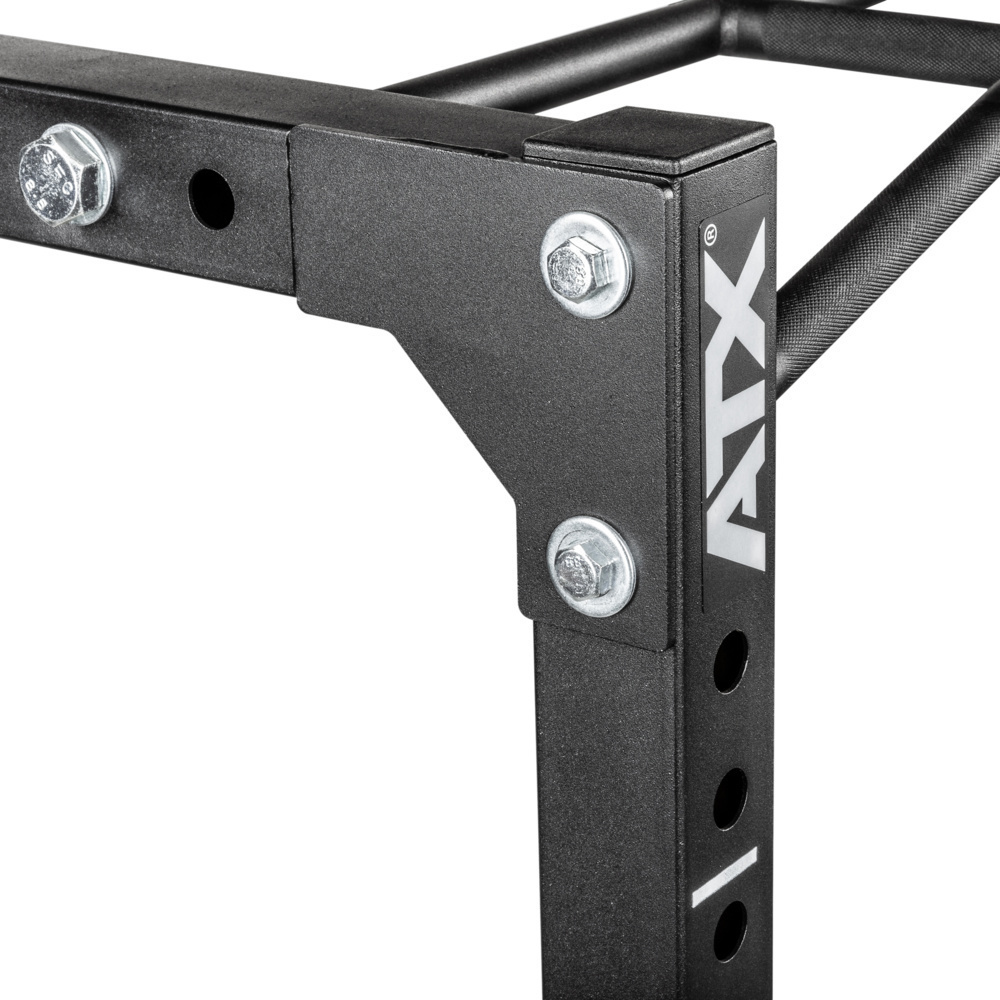
Optional Extras
If you had of asked me a few years ago I would have said that I could have trained forever on just a bareback power cage. I am a simple man who is easily pleased. But after training with a very basic gym set up in the same spot for 12 years I did go stale.
Adding variety to my training has definitely renewed my enthusiasm. Now I could have got that variety from sources other than power rack accessories. For example I really want to get back into kettlebell training. But having the ability to add some attachments is a handy option to have up your sleeve.
Just like the power rack, it is important to assess the quality and design of the attachments. You do not want to buy a rack and find out that the attachments are poor.
Decision Time
The rest of the decision making process comes down to personal preference on safety spotters and chin up bars. If you would like me to do a detailed run down on safety spotters then just let me know.
All of these racks will do the job. The Muscle Motion PR1002 being a generic design comes with more – 2 pairs of j hooks, band pegs and dip handles. But it is not as good quality as the ATX. It is just like a trip to Bunnings. You can buy an Ozito drill or you can buy a brand name. I have done both over the years.
If you don’t buy ATX that is sweet. Just make sure you buy from a reputable and established company with decent reviews. You do not need to be a rocket scientist to sell gym equipment. So it does attract some real gronks. When they rip people off it ruins the reputation of the whole industry.

 ATX-PRX-620 Power Rack Comparison
ATX-PRX-620 Power Rack Comparison 